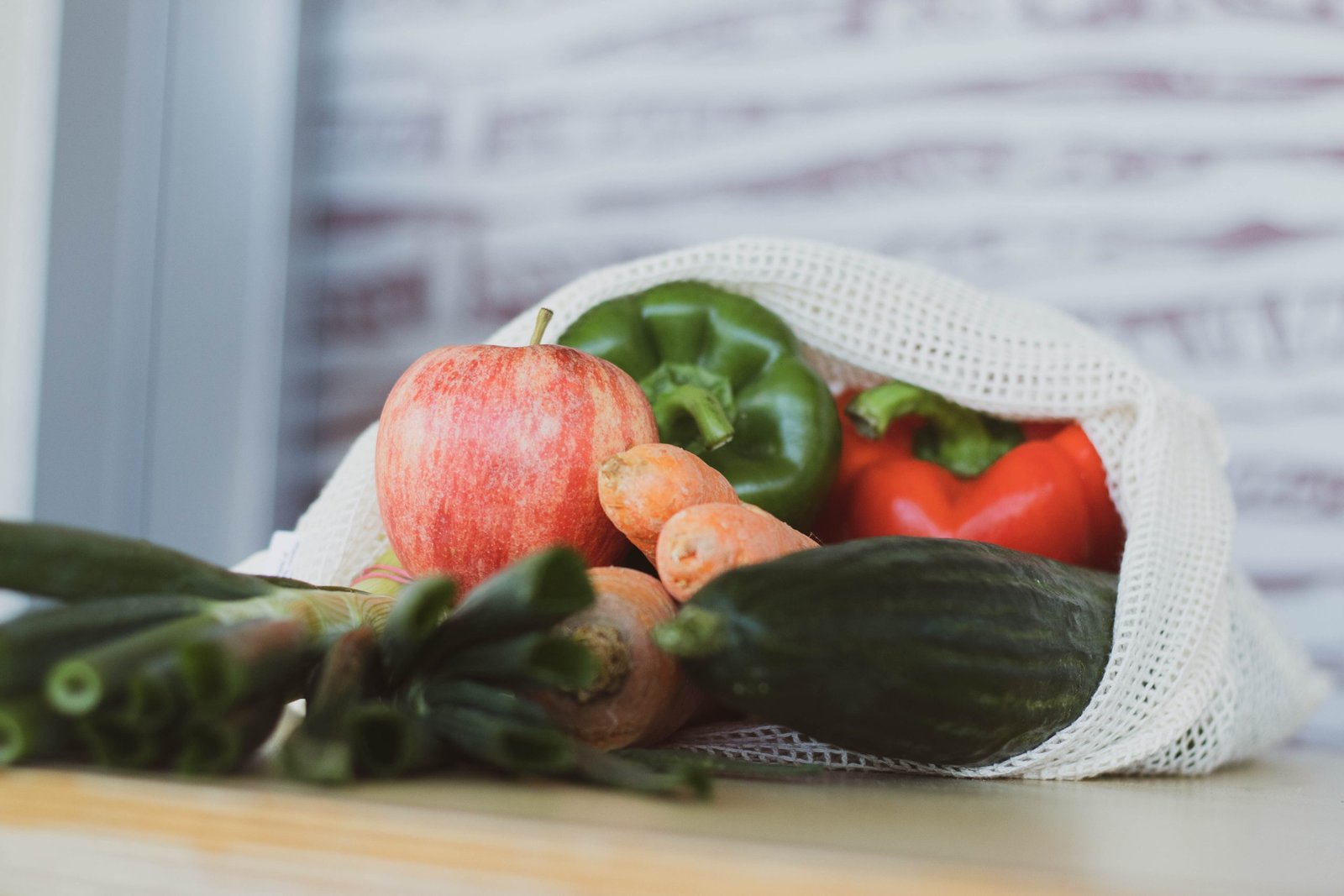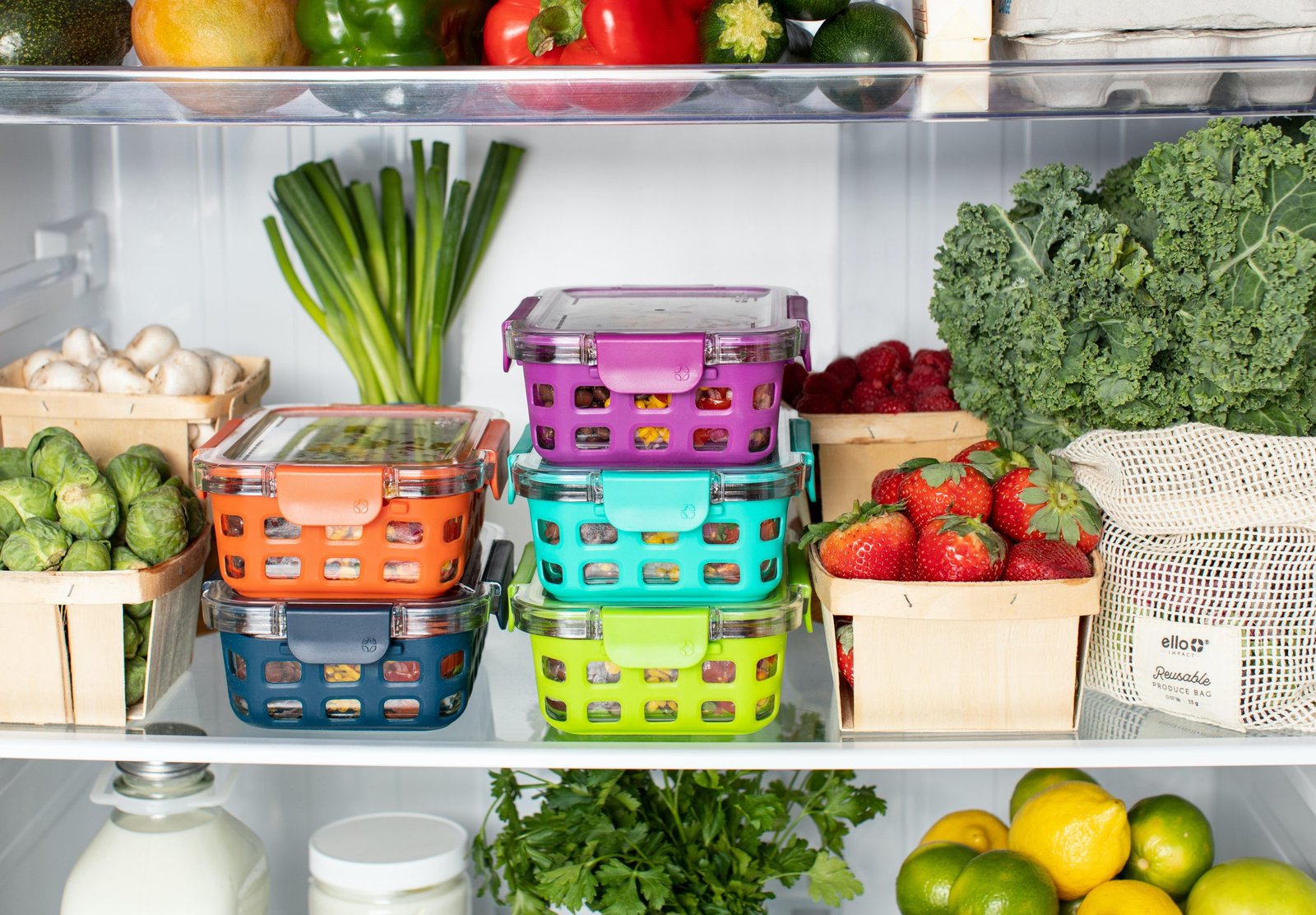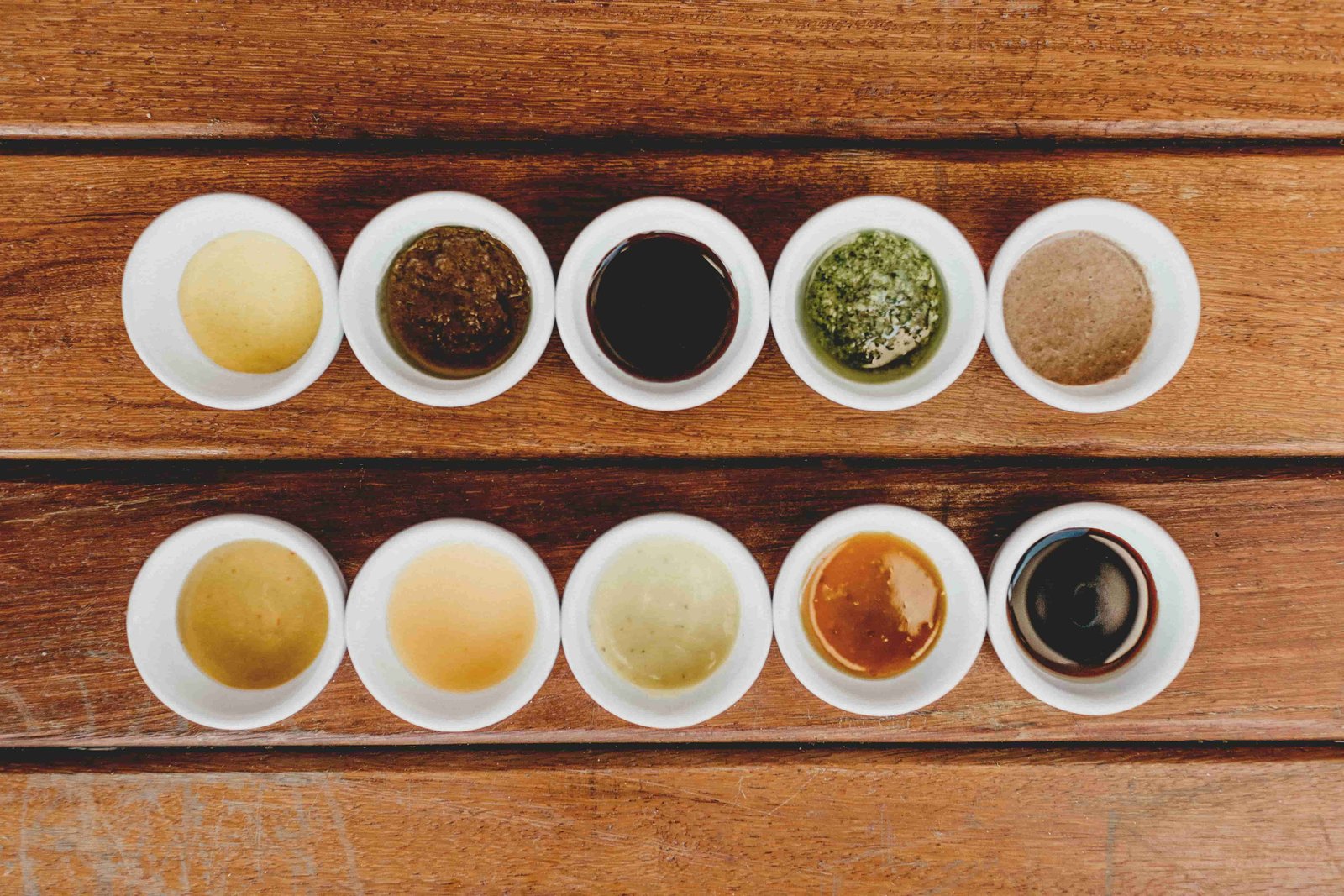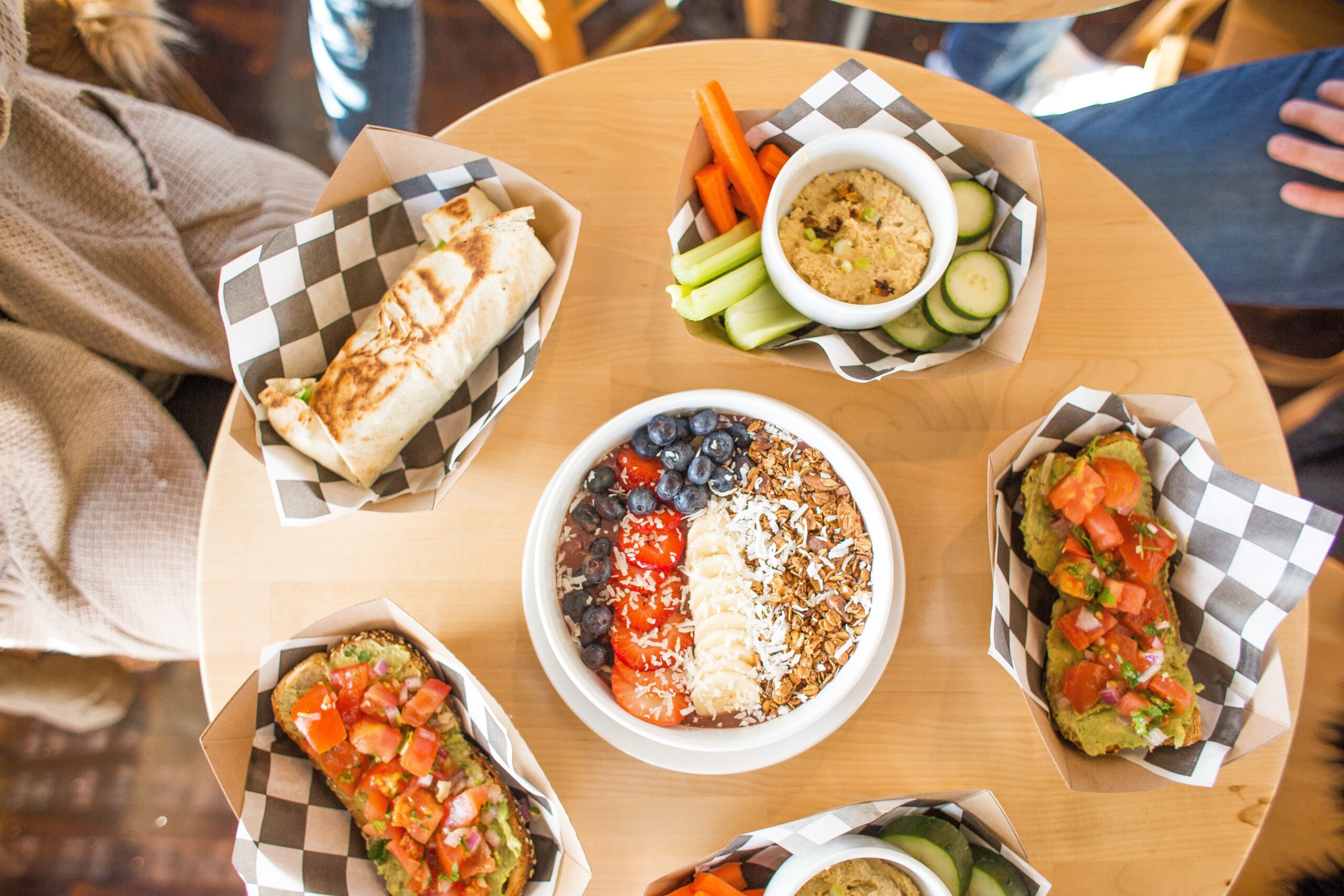Most people are striving to enter the one percent – the top echelons of society – consuming more and more.
However, there’s a new trend that’s going against this, actually seeking to become a part of the environment one percent: the most eco-friendly people in the world.

Did you know that the wealthiest 10 percent of people in global society generate around 50 percent of global emissions? The poorest 10 percent only generate 1 percent.
One of the biggest changes you can make as an individual to correct this imbalance is to change how you eat. This post describes some of the strategies you can use without financially bankrupting yourself or missing out on delicious food.
Source Food From Eco-Friendly Brands
When it comes to the environment, not all brands are created equal. You can get a coffee roaster from green companies, or you can get them from those that pollute. The decision is yours.
You should find information on brands’ websites telling you how they approach their environmental responsibilities. Look for those with certifications and accreditations from reputable green organizations and bodies.
Eat Seasonal, Local Food
This is probably the most obvious and easiest way to eat more sustainably. By eating local and seasonal foods, you reduce the carbon footprint of your food, support your local farmers and economy, and enjoy fresher and more nutritious produce. It usually tastes better too, since it hasn’t been sitting for days on a container ship in the Persian Gulf!
Check your local area to see if there are any farmers operating locally, offering food. You may be able to sign up for veg box schemes where food doesn’t travel more than fifty miles.
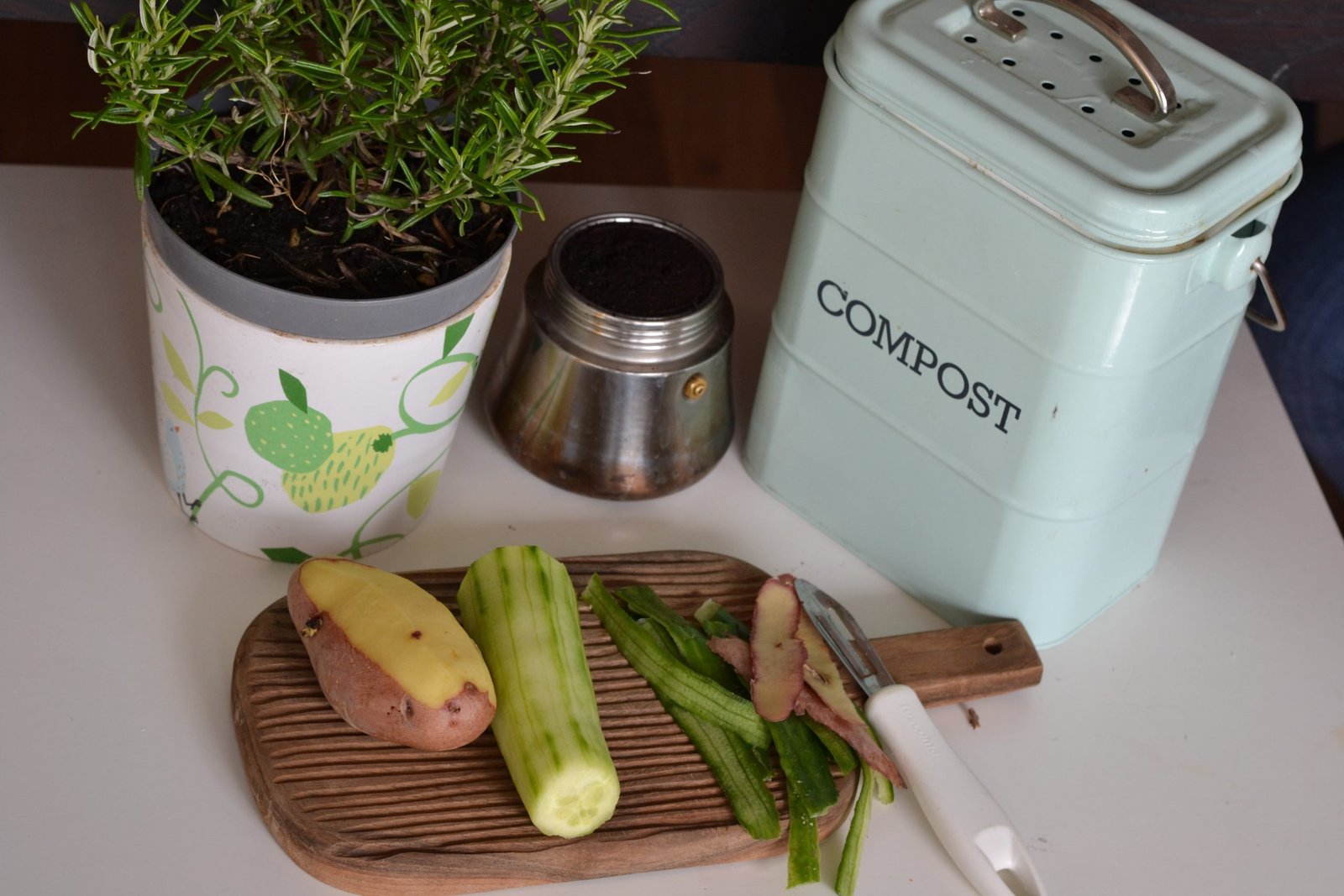
Eat Organic
Organic foods are grown without synthetic pesticides, fertilizers, or genetically modified organisms (GMOs), all of which can cause terrible damage to the environment. (For instance, the ongoing insect apocalypse is likely a consequence of excessive pesticide spraying).
You might also want to support fair trade foods. These are produced by workers who are paid fairly and treated ethically, which can help reduce poverty and social injustice, and reduce the risk of environmental degradation.
Organic and sustainable food increases biodiversity. Chocolate, quinoa, and bananas are all good examples of common fair-trade staples you might want to buy.
Consume Less Dairy And Meat
Nobody likes this one, but it’s one of the best ways to become an environmental one-percenter. Meat and dairy are the biggest contributors to carbon emissions globally and lead to the destruction of vast swathes of the environment. As well as CO2, they contribute to water pollution, land degradation, and animal suffering.
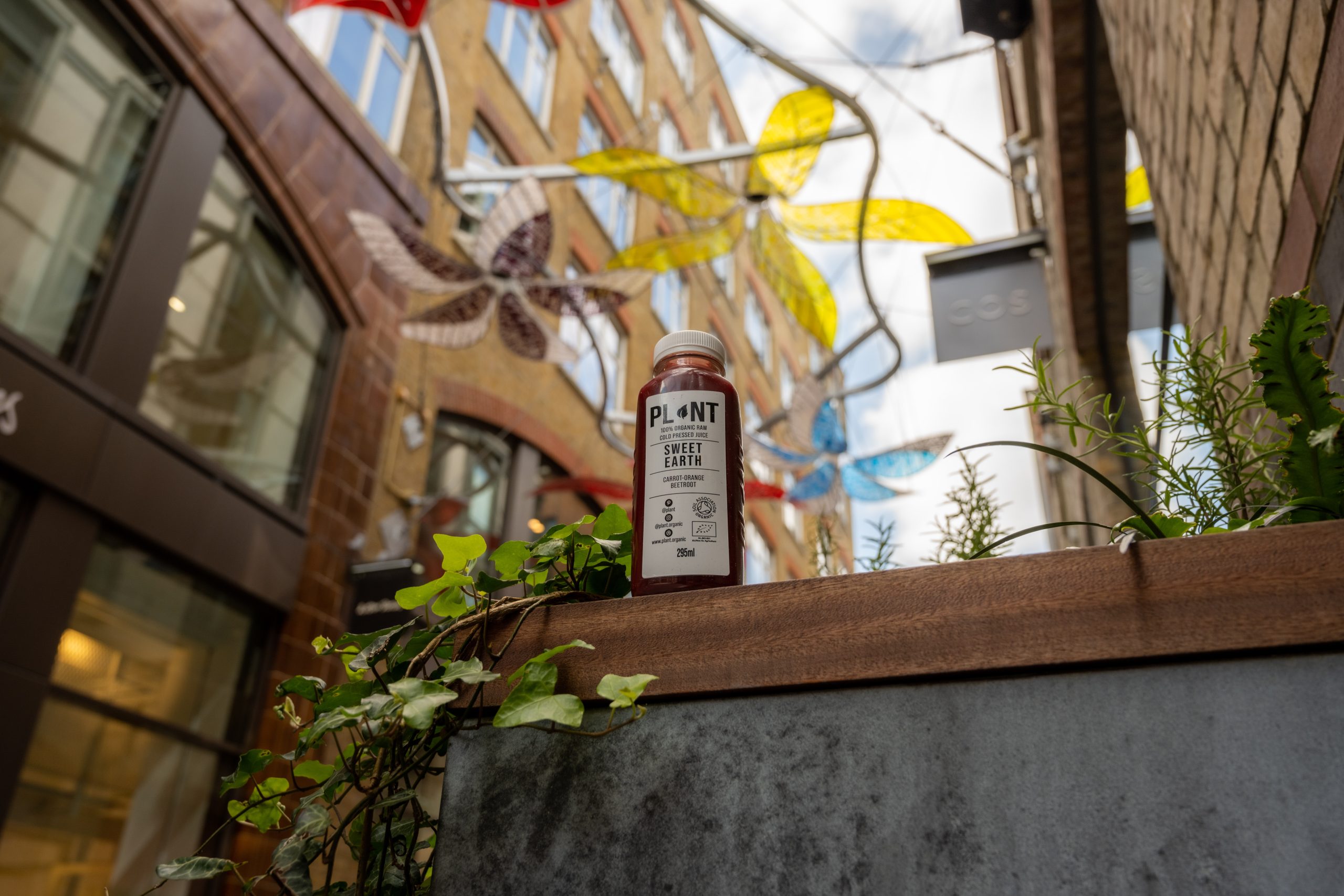
What’s more, when you avoid these foods, you reduce your risk of chronic diseases such as heart disease, diabetes, and cancer. You don’t have to go fully vegan to have an effect. You can just redefine how you want to eat. Perhaps eating meat once or twice a week like humans did traditionally is a good compromise. You can also try plant-based alternatives to get your protein fix.

